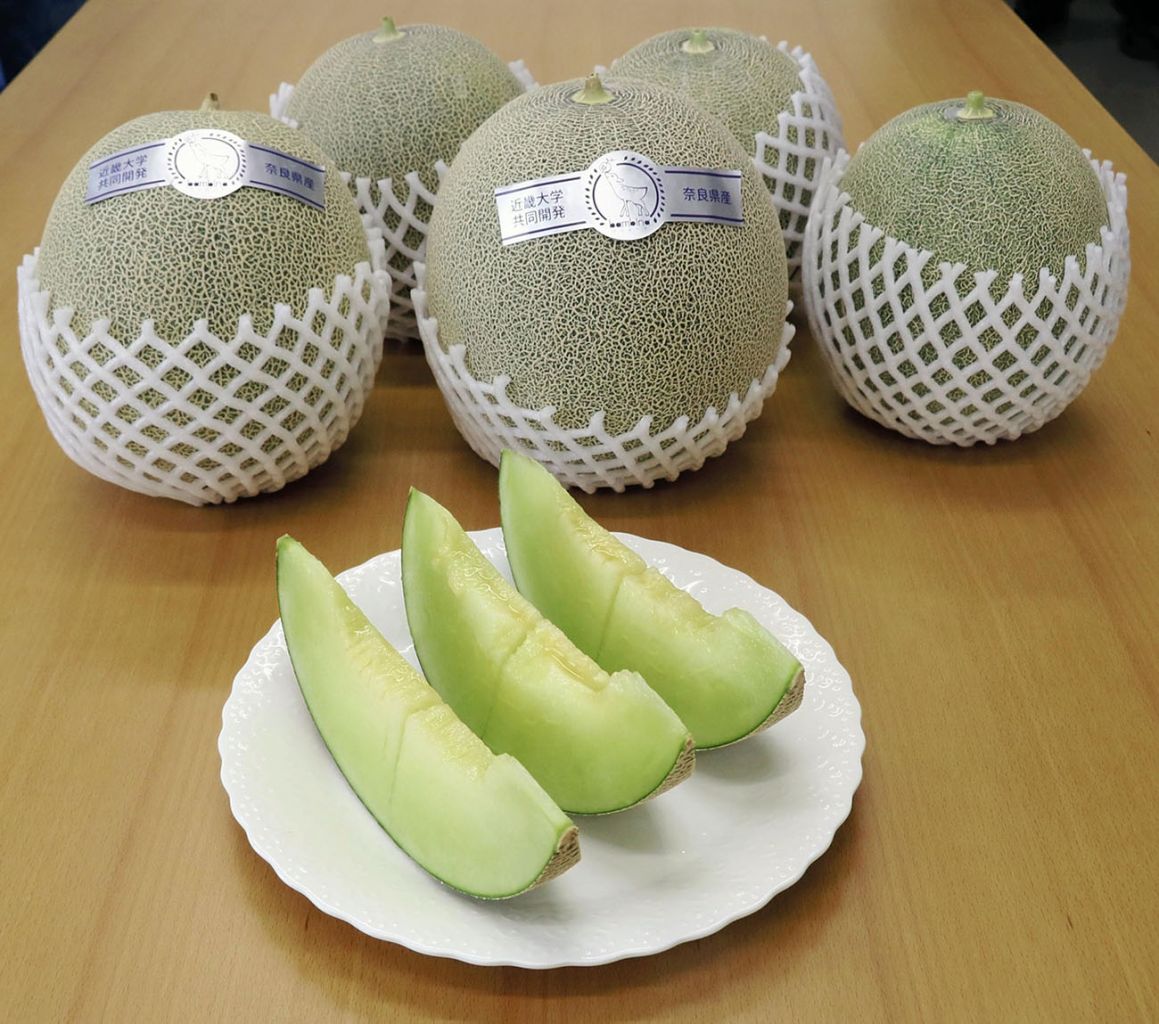Students develop melon that is sweeter and more resistant to diseases
Sign up now: Get ST's newsletters delivered to your inbox

The new melon is named Bambina in honour of the deer associated with the Nara Prefecture. PHOTO: JAPAN NEWS - YOMIURI
Follow topic:
NARA, Japan (THE WASHINGTON POST) - Kindai University's Faculty of Agriculture in Nara has recently developed a new variety of melon, which is not only sweeter than ordinary melons but also has strong resistance to diseases, through joint research with a local nursery company.
An event was held last month to taste the first harvest of the fruit.
The new melon variety was named "Bambina" in honour of deer, an animal famously associated with Nara Prefecture.
Those involved with the project hope the fruit will become a signature crop of the prefecture.
Fusarium wilt is a fungal disease that causes major damage in melon cultivation by infecting the roots of plants. Fusarium spores often remain in soil after an outbreak, making it difficult to cultivate crops.
Nursery Matsui Seed Co. in Tawaramoto, which is based in the prefecture, participated in the project. It sells Higo green melon seeds, a variety with a high sugar content widely grown in Kumamoto Prefecture, one of the leading melon-producing areas in Japan. But there were concerns about Higo green melons' susceptibility to fusarium. For this reason, the company asked the university's agricultural faculty to develop a variety with resistance to the disease. In April last year, agricultural science department Prof. Teruo Nonomura and his team began working on the development of a new variety.
His team conducted a number of experiments to cultivate plants inoculated with fusarium spores, and they eventually identified a new variety that was resistant to the fungus. Its sugar content is as high as 16 degrees on the Brix scale, which is used for measuring sugar content. Most other melons tend to measure 13 to 15 degrees Brix.

